
The world of fly fishing recently bid farewell to one of its most revered figures, Archie Kenneth Best, widely known as A.K. Best, who passed away on August 20 in Boulder, Colorado, at the age of 92. His passing marks the end of an era for a master craftsman whose unparalleled skill in fly tying transformed the sport, leaving an indelible mark on its very soul. Best was not merely a fly tyer; he was, as many described him, a master illusionist, capable of conjuring lifelike insects from the most unassuming materials.
His passing, attributed to an aortic aneurysm in a hospital, has prompted tributes from across the angling community. Fly Fisherman magazine, in a post-mortem homage, unequivocally stated that A.K. Best “shaped the soul of modern fly fishing.” This sentiment underscores the profound impact of a man who dedicated his life to perfecting the art of imitation, enticing trout with deceptively tempting meals crafted from bits of feathers, fur, hair, and thread. His meticulous designs were not just lures; they were miniature works of art, born from a deep understanding of both entomology and the psychology of the fish he sought to catch.
Through decades of tireless dedication, observation, and innovation, A.K. Best elevated fly tying to a high art form, influencing countless anglers and commercial ventures. His contributions extended far beyond the vise, encompassing a rich tapestry of writing, teaching, and mentorship that solidified his reputation as a quiet-spoken giant in the industry. This exploration delves into the foundational aspects of his journey, tracing his path from a musical upbringing to becoming a legendary figure whose legacy will continue to float gracefully on the waters of fly fishing for generations to come.
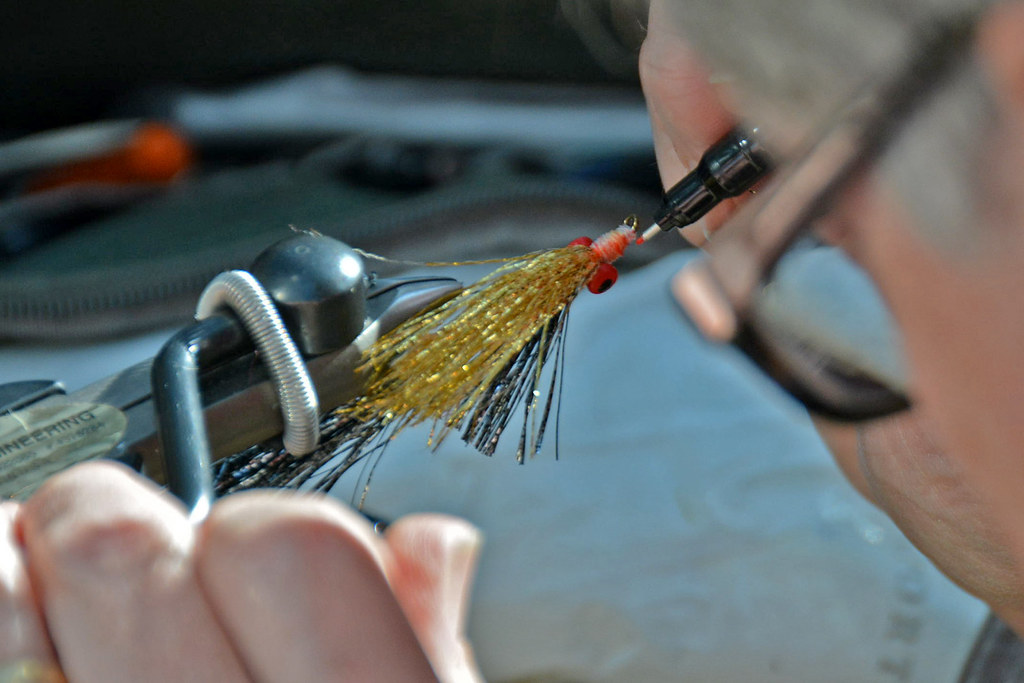
1. **A Master Illusionist’s Craft: The Essence of Fly Tying** A.K. Best was renowned for his mastery of the meticulous art of professional fly tying, a craft he elevated to an almost miraculous degree. He possessed an uncanny ability to produce nearly weightless artificial lures that precisely mimicked the midges, caddisflies, and other aquatic insects that form the staple diet of trout. His specialty, dry flies, which delicately float on the water’s surface, became legendary for their effectiveness.
Ed Engle, a close fishing companion and longtime outdoors columnist for The Boulder Daily Camera, articulated the extraordinary nature of Best’s creations. In 2010, Engle wrote that Best’s peerless designs fooled discerning trout palates “to a degree that verges on the miraculous.” This sentiment highlights not only the technical perfection of Best’s flies but also their deceptive power, making them virtually indistinguishable from their natural counterparts in the eyes of the most cautious trout.
His great skill lay in crafting flies of a size and color that appeared genuinely natural, a stark contrast to many store-bought alternatives. This authenticity was paramount to his success, allowing his lures to seamlessly blend into the aquatic environment. The essence of his craft was not just imitation, but illusion, making the artificial indistinguishable from the real.

2. **The Workshop: A Realm of Precision and Productivity** For more than four decades, A.K. Best’s basement workshop in Boulder, Colorado, served as the crucible for his artistry. Here, amidst a specialized array of tools—a vise, pliers, tweezers, a toothbrush, and various sprigs of feathers—he spent countless hours meticulously bringing his insect replicas to life. This personal sanctuary was where the magic of fly tying unfolded, often accompanied by the strains of classical music and jazz, a nod to his earlier career as a music teacher.
Best’s productivity was as remarkable as his precision. He crafted the wings and tails of his insect replicas entirely by hand, not only for his personal angling excursions but also at a significant commercial pace. He was capable of tying approximately 40 lures an hour, accumulating an astonishing 36,000 flies annually. These highly sought-after creations were supplied to prominent companies within the angling world, including Orvis, Umpqua Feather Merchants, and Urban Angler.
The efficiency of his operation was such that he was said to have attached a shoulder rest to his phone, enabling him to continue tying even while engaged in a conversation. This anecdote speaks volumes about his dedication and the seamless integration of his craft into his daily life. His workshop was not merely a place of work but a testament to his unwavering commitment to the art form.
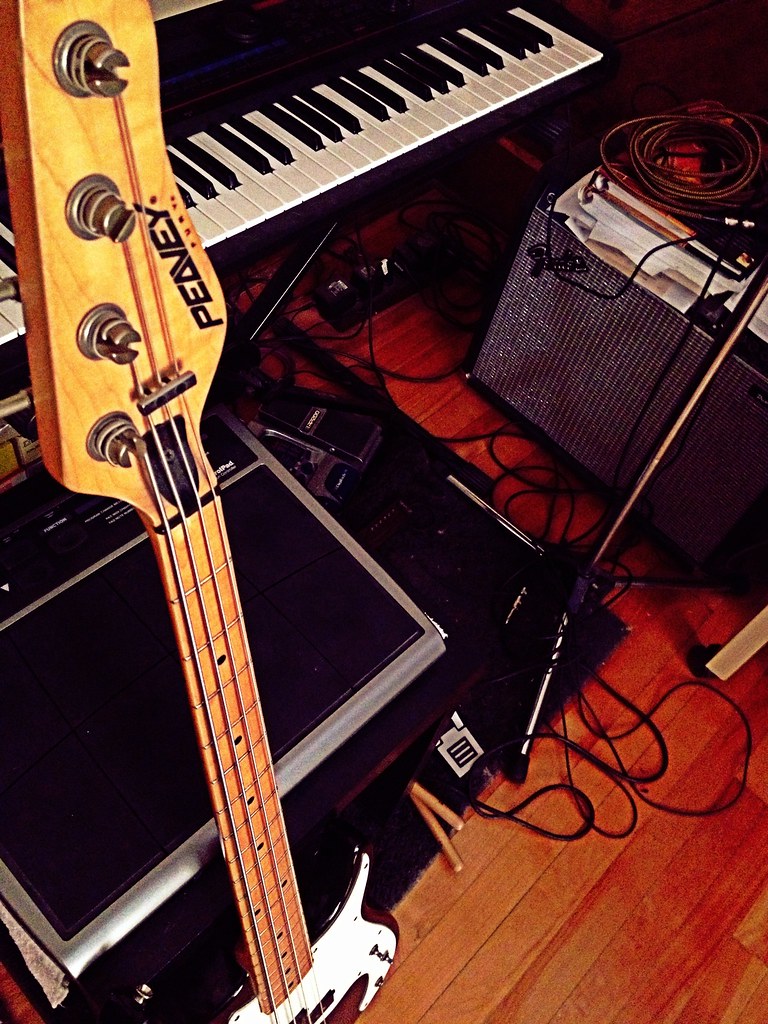
3. **Music and Meticulousness: A Philosophy of Detail** A.K. Best often drew profound connections between his two great passions: music and fly tying, seeing them as disciplines requiring similar levels of exactitude. This philosophical approach informed every aspect of his tying, elevating it beyond mere craft to a form of applied artistry. His background as a former music teacher and high school band director provided him with a unique perspective on the importance of every minute component.
“There’s no such thing as an unimportant detail in music,” Mr. Best told The Gazette of Colorado Springs in 2024. “The composer put that dot on the paper with an ink pen for a specific reason. Just like when you look at a picture of an insect, every dot is important.” This quote encapsulates his core philosophy: that mastery in any field, particularly in the delicate art of fly tying, hinges on an absolute reverence for detail.
This meticulousness extended to his choice of background sound while working, as he listened to classical music and jazz, a practice that dated back to his musical career. The precision demanded in composing and performing music mirrored the exactitude required to replicate the intricate anatomy of an insect. For Best, every element, from the smallest feather barb to the most subtle color variation, contributed to the overall harmony and effectiveness of his flies.

4. **The Art of Observation: Reading the Water and the World** A.K. Best’s genius in fly tying was deeply rooted in his extraordinary powers of observation, an aspect he cultivated with the rigor of a scientific researcher. He maintained detailed diaries, capturing not just observations but also his thoughts and methods. His meticulous study of real insects was legendary; he would catch them from a river, place them in a jar, and take them home to painstakingly copy what he saw, ensuring his imitations were true to life.
His process involved an almost obsessive level of detail: he would make slides of caught insects, using a ruler to precisely measure their body proportions. He even developed unique techniques, such as squinting through his eyelashes to refract the subtle grays, yellows, creams, and greens of blue-winged olive mayflies, allowing him to discern their exact coloration. This acute visual perception was critical to replicating nature’s nuances.
Before even casting a line, Best’s ritual upon arriving at a trout stream in the early morning involved a thorough reconnaissance. He would check bushes and spider webs for recent hatches and dip a net into the water to identify what insects had emerged the night before. Beyond the visual, he also took notes on the weather and even the smells of the environment, discerning them with the refined sensitivity of an “outdoors sommelier.” This holistic approach to understanding the natural world was fundamental to his success.
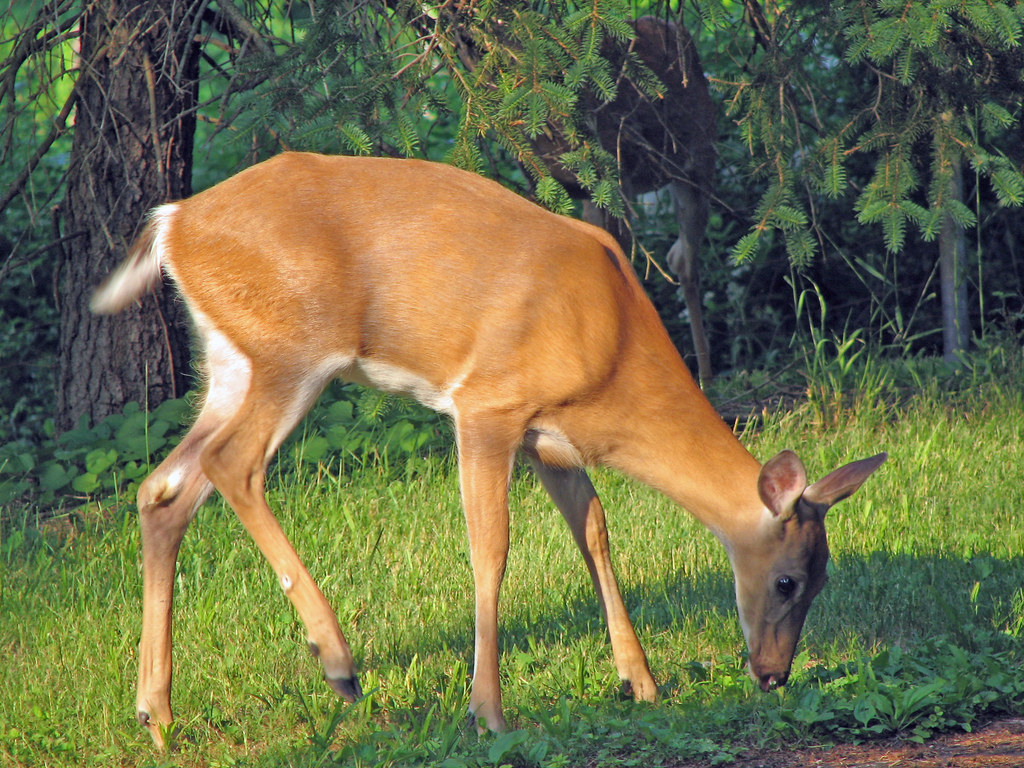
5. **Innovations in Imitation: Crafting Natural Flies** Best’s profound understanding of insect anatomy and behavior led to groundbreaking insights in fly design, allowing him to create flies that consistently outsmarted discerning trout. His great skill was always predicated on crafting flies that appeared natural, deviating significantly from the often-generic appearance of store-bought lures. This distinction was born from years of dedicated study and a willingness to challenge conventional wisdom.
He incorporated specific biological truths into his designs, recognizing, for instance, that no adult aquatic insects possess fuzzy bodies. Instead, he knew that flies should appear shiny and waxy, reflecting the light much as real insects do, rather than being translucent. These subtle yet critical details imbued his flies with an unparalleled authenticity, making them irresistible to fish.
Best was also pragmatic and resourceful in his material choices. He understood that certain materials could serve as effective substitutes; for example, hair from a white-tailed deer could be expertly employed if elk hair, a common material, was unavailable. In a 2015 interview for the Montana State University Angling Oral History Project, he famously stated, “You don’t need a fly so big you’re going to scare the hell out of a fish,” adding that if a fly is “the right color and floats, it’ll catch fish.” This philosophy underscored his belief that accuracy in subtle details, rather than sheer size, was the key to success.
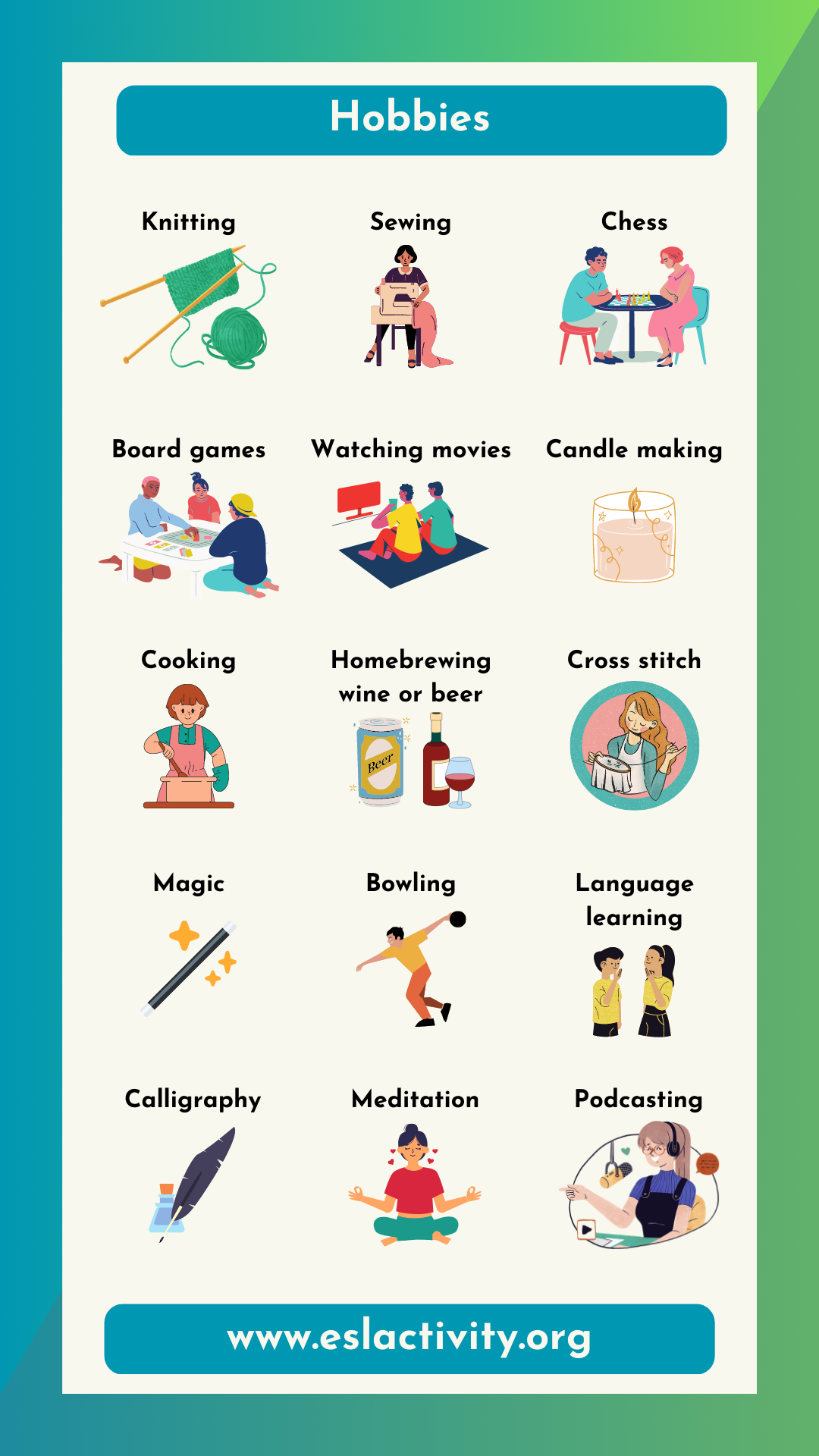
6. **From Hobby to Profession: The Transformative Journey** Archie Kenneth Best’s early life was rooted in the Midwestern landscape of Glidden, Iowa, where he was born on February 26, 1933. He grew up on a farm, with his father, Kenneth Best, working the land, and his mother, Malinda (Borcherding) Best, managing the household. It was here, in his formative years, that he first encountered the joys of fly-fishing, spending time with his father pursuing bass and bluegills, fostering an early connection to the aquatic world.
His family was also profoundly musical. At barn dances, a young Archie played the saxophone, accompanied by his mother on the piano and his father on the banjo. This musical inclination continued through his university years at Drake University in Des Moines, where he earned both his bachelor’s degree in 1955 and a master’s in 1959 in music education. He immersed himself in music, joining the marching band and mastering the clarinet and flute, often jamming with touring big bands and performing at various venues.
However, it was a move to Alpena, Michigan, in 1962, where he and his wife, Janet Gove, whom he met at Drake, taught music at local schools, that heralded a pivotal shift. In Michigan, residing on the western shores of Lake Huron, Best discovered brook trout, which he affectionately called the “prettiest, dumbest fish on the planet.” This discovery “changed my life,” he said. The inability to afford sufficient numbers of store-bought flies to pursue these trout spurred him to learn to tie his own, a decision that inadvertently launched his professional career and reshaped his destiny.

7. **The Entrepreneurial Spirit: Early Ventures and Commercial Success** After relocating to Boulder, Colorado, with his family in 1980, A.K. Best’s passion for fly tying quickly evolved from a personal pursuit into a burgeoning commercial enterprise. Initially, he began selling his meticulously crafted flies through unconventional, yet effective, channels such as gas stations and local fly shops. This grassroots approach gradually expanded his reach, eventually leading to a mass market presence for his highly sought-after lures.
His entrepreneurial journey took a significant step forward when he opened his own establishment, A.K.’s Fly Shop, in 1972, following 25 years as a teacher and prior ownership of a fly tackle shop. At its peak, his shop was a hub of productivity, tying an astonishing 72,000 flies per year. This commercial output demonstrated not only his prolific tying abilities but also the burgeoning demand for his unique and effective patterns.
Best’s reputation for exceptional quality and realistic designs quickly garnered attention from major players in the fly-fishing industry. He became a commercial fly tier for prestigious companies like Orvis, for whom he developed numerous patterns, and served as the main dry-fly tier for Manhattan’s Urban Angler shop. His flies, celebrated for their lifelike qualities and effectiveness, were sold nationwide by the thousands, cementing his status not just as a master artisan but also as a successful businessman who profoundly impacted the accessibility and quality of fly-fishing gear.
Read more about: Phil Robertson, ‘Duck Dynasty’ Patriarch and Founder of Duck Commander, Dies at 79
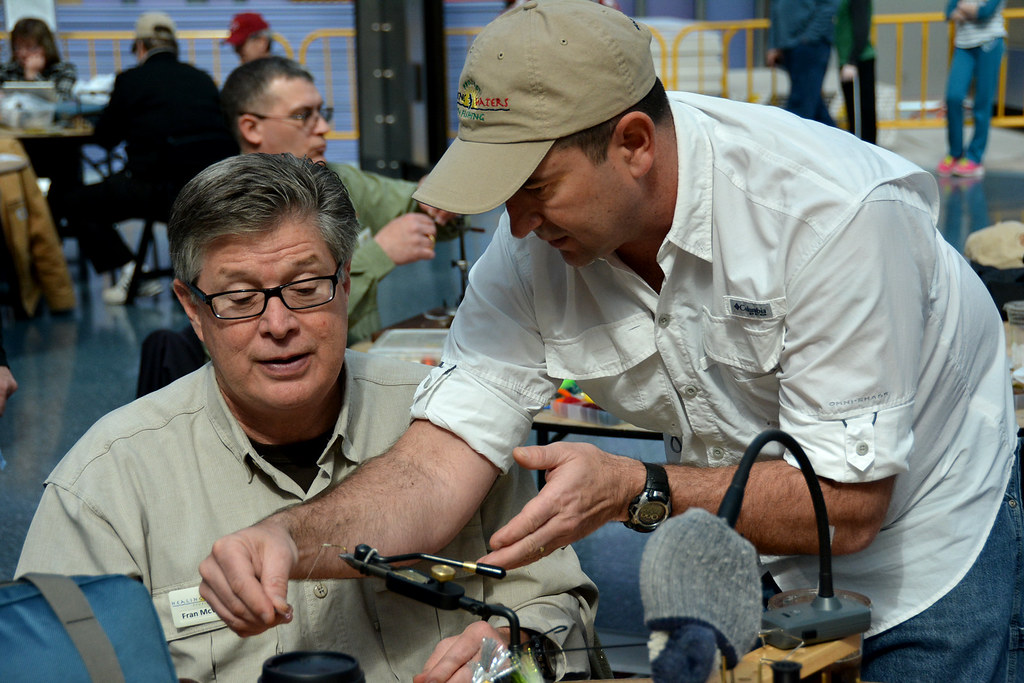
8. **The Profound Literary Contributions: A Teacher’s Enduring Voice**Beyond the vise, A.K. Best distinguished himself as a prolific author and educator, extending his influence through a comprehensive body of written work that illuminated the intricacies of fly tying and fishing for countless enthusiasts. His professorial demeanor, honed during his decades as a music teacher, translated seamlessly into his instructional materials, offering clarity and depth to complex techniques. He regularly contributed to some of the most respected fly-fishing publications, including *Fly Rod and Reel*, *Fly Fisherman*, and the *Mid-Atlantic Fly Fishing Guide*, establishing himself as a trusted voice in the angling community.
Best authored a remarkable total of nine books, each serving as a detailed guide and philosophical exploration of his craft. These volumes codified his unique methods and observations, sharing the wisdom accumulated over a lifetime of dedicated practice. His written contributions were complemented by numerous seminar appearances, where he captivated audiences with his quiet expertise, and a series of instructional videos that visually demonstrated the efficient and practical methods he had perfected, effectively democratizing his advanced techniques for a wider audience.
His monthly column, “From the Vise,” published in the *Mid-Atlantic Fly Fishing Guide* starting in 1995, became a staple for many aspiring and experienced tiers. In these columns, he provided precise, step-by-step instructions for crafting specific fly patterns, drawing from his extensive knowledge of entomology and fish behavior. Best’s commitment to education ensured that his profound understanding of fly tying would continue to guide and inspire anglers long after his personal presence at the vise.
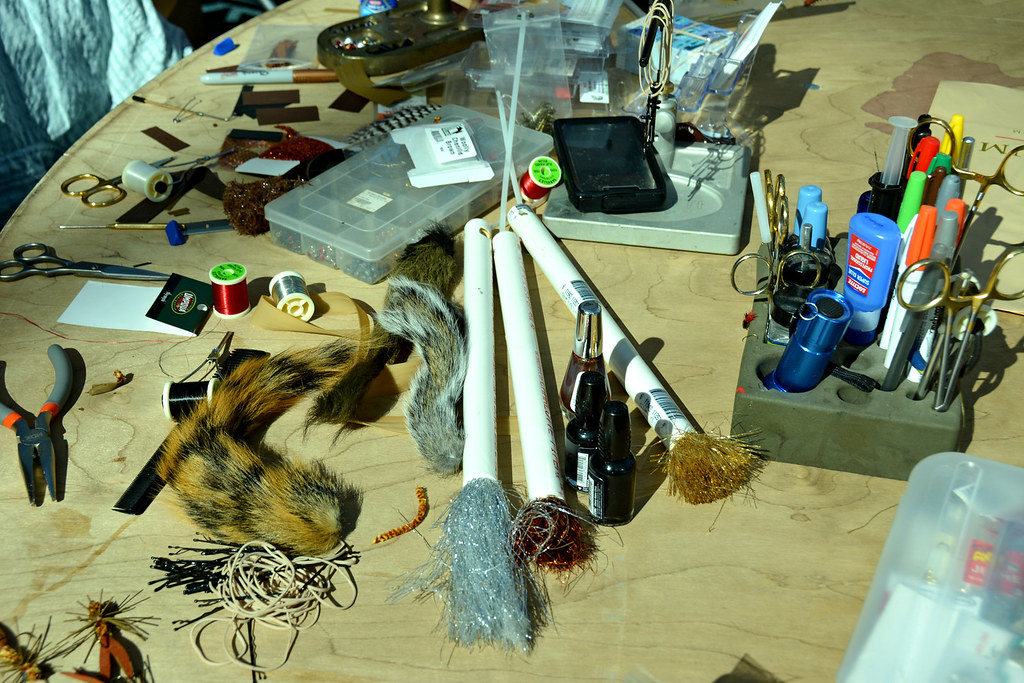
9. **Seminal Works: “Production Fly Tying” and Its Legacy**Among his extensive bibliography, A.K. Best’s 1989 volume, *Production Fly Tying*, stands as a landmark publication, revered for its unparalleled insights into the efficient and effective creation of artificial flies. This book transcended mere instruction, offering a master class in the practicalities and philosophies behind high-volume, high-quality fly production, making it an indispensable resource for commercial tiers and dedicated hobbyists alike. Its pages revealed shrewd details, as noted by his friend John Gierach, on subjects ranging from the specific origins of deer hair to its optimal use for particular fly patterns.
Best’s literary contributions did not end there; his other significant works, such as *A.K.’s Fly Box*, *Advanced Fly Tying*, and *Dying and Bleaching Natural Fly Tying Materials*, further expanded on his expertise. These books provided detailed examinations of materials, methods, and advanced techniques, offering readers a comprehensive education in the nuanced art of fly tying. They showcased his innovative approach to color, proportion, and material selection, cementing his reputation as a thought leader in the field.
Beyond printed texts, Best also produced a collection of instructional videos. These visual guides complemented his books, providing dynamic demonstrations of his efficient and practical tying methods. Spanning durations from 50 to 120 minutes, these videos allowed viewers to observe the master at work, breaking down complex processes into digestible, replicable steps, thereby ensuring that his unique insights were accessible across various learning styles. These resources continue to serve as fundamental teaching tools for those seeking to master the craft.

10. **Collaboration with Orvis: Shaping Industry Standards**A.K. Best’s profound impact on fly fishing extended significantly through his long-standing collaboration with the Orvis Company, a relationship that underscored his status as a pivotal figure in the industry. As a custom contract tyer for Orvis, he was instrumental in developing a multitude of fly patterns that became mainstays for anglers worldwide. This partnership allowed his meticulously designed lures to reach a vast market, elevating the standard for commercially available flies.
His contributions to Orvis were not limited to fly design alone; Best also played a key role in the development of fly tying tools, including a specialized vise. He lent his expertise and reputation to the company by writing testimonials and articles for their fly tying catalogues, which showcased his patterns and championed Orvis products. Correspondence between Orvis fly buyers and Best indicated that these articles were highly effective, significantly boosting sales of his featured flies and the associated tying materials.
The enduring nature of this collaboration is evident even today, as the Orvis Company continues to reference Best’s pioneering fly tying methods in its instructional videos and product offerings. His influence helped to set a benchmark for quality and innovation within the industry, ensuring that the techniques and designs he perfected remain relevant and continue to shape the practices of modern fly tiers. This partnership exemplifies how Best’s artisanal skill transcended individual craft to become a driving force in commercial fly fishing.
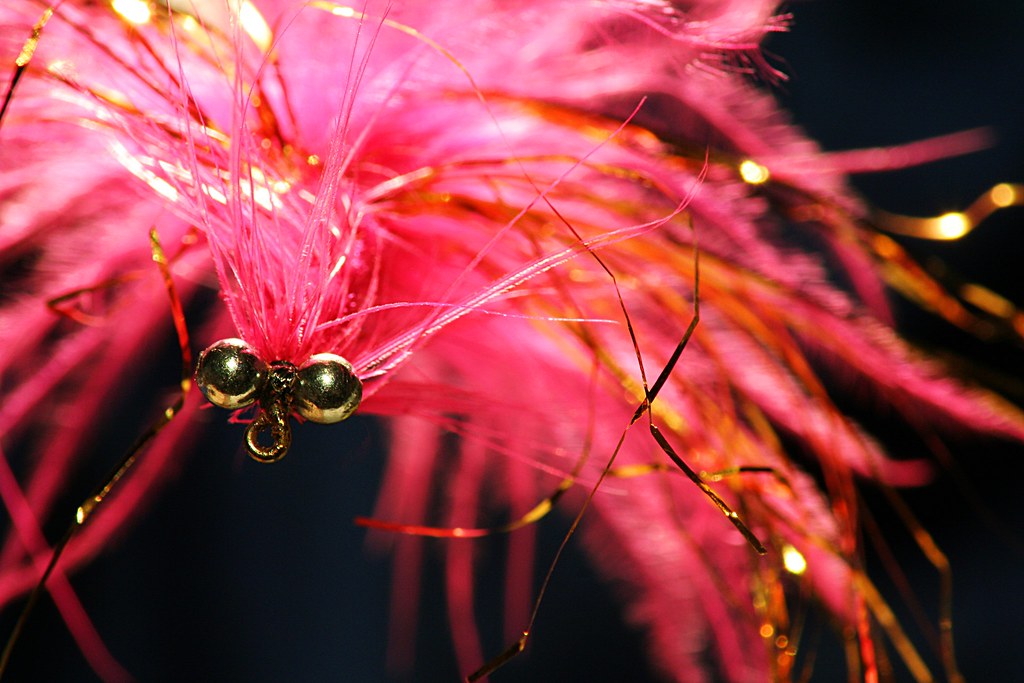
11. **The Dry Fly Guru: A.K. Best and John Gierach’s Enduring Friendship**The narrative of A.K. Best’s career is inextricably linked with that of acclaimed angling author John Gierach, whose writings often brought Best’s extraordinary talents to a wider audience. The two men forged a deep friendship after meeting at a fly shop in Colorado, leading to countless shared days on streams across the American West. Gierach, often dubbed the sport’s “trout bum,” became a staunch admirer and advocate for Best, particularly his unique insights into dry fly tying.
It was Gierach who played a pivotal role in encouraging Best to embark on his writing career, recognizing the depth of knowledge and wisdom his friend possessed. Gierach frequently penned forewords for Best’s books, including the seminal *Production Fly Tying*, offering readers a personal glimpse into the character and genius of the man behind the vise. Their camaraderie on the water and in their shared passion for fly fishing became a recurring motif in Gierach’s beloved essays, popularizing Best and his unique approach.
Gierach affectionately referred to Best as “Dryflyguru,” a nickname that encapsulated Best’s unrivaled mastery of dry fly patterns and his affinity for using them while fishing. While Gierach modestly denied that he made Best famous, attributing his friend’s renown to his “exceptional” flies and “uncommon wisdom,” it is undeniable that Gierach’s eloquent portrayals introduced Best to a devoted readership, cementing his legendary status within the angling community. Their friendship, rooted in a shared love for the sport, became a testament to the powerful bonds forged on the river.

12. **A Legacy of Mentorship and Cherished Friendships**A.K. Best’s life was enriched by a network of cherished friendships and a profound commitment to mentorship, leaving an enduring impact on those who had the privilege of knowing him. His generous spirit and vast knowledge made him a guiding light for many in the fly-fishing world. Ed Engle, a longtime outdoors columnist for *The Boulder Daily Camera* and a close fishing companion, frequently extolled Best’s unparalleled flies, describing them as the greatest he had ever seen or fished.
Mike Clark, a friend since the 1970s and owner of South Creek Ltd., a shop specializing in custom bamboo fly rods, deeply admired Best’s expertise. Clark recounted how Best would meticulously study real insects, capturing them from rivers, taking them home to jar and painstakingly copy what he observed, a testament to his dedication to authentic imitation. This level of detail and passion was infectious and inspired many who interacted with him.
Jon Spiegel, manager at Front Range Anglers in Boulder, who knew Best for 25 years, highlighted Best’s unwavering love for fly fishing, fly tying, and, critically, his passion for educating people. Even at 92, Best’s casting ability remained legendary, prompting Spiegel to remark that he “could still cast a fly rod better than a lot of anglers.” Best’s wisdom and humor, encapsulated in his favorite quote, “It doesn’t matter how big the fish are, your hands still smell the same,” offered perspective and connection, making him not just a master but a beloved mentor and friend.
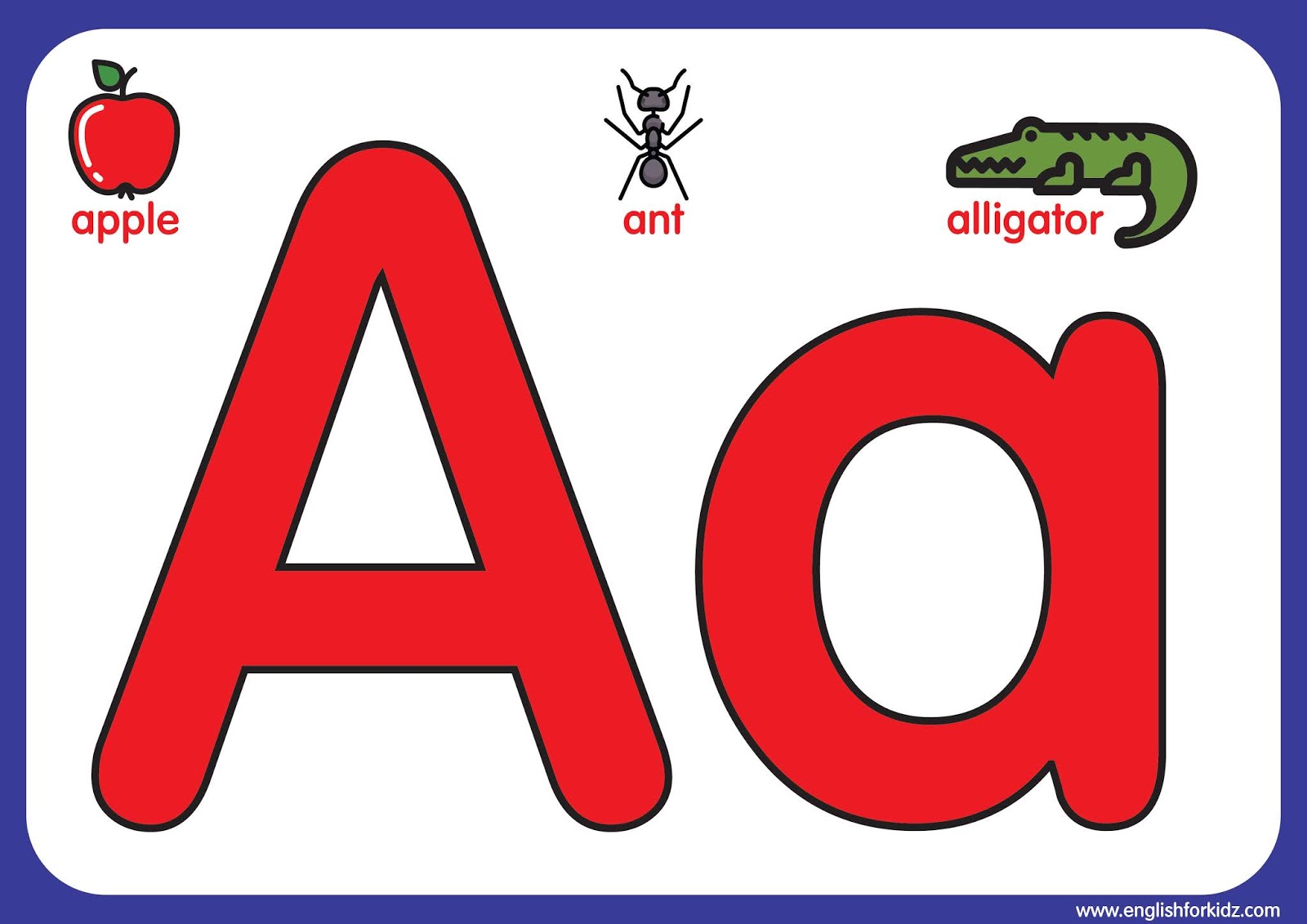
13. **The A.K. Best Collection at Montana State University: Preserving a Lifetime of Genius**The comprehensive scope of A.K. Best’s contributions to fly fishing has been meticulously preserved and celebrated through the establishment of the A.K. Best Collection, 1983-2015, housed within the Montana State University Archives and Special Collections. This invaluable repository serves as a permanent record of his life’s work, ensuring that his intellectual and artistic legacy remains accessible for future generations of anglers, scholars, and historians. It underscores the academic significance of his practical innovations.
The collection is a rich tapestry of documents and artifacts, consisting of an extensive array of letters, printed emails, and drafts of his numerous books, providing a rare glimpse into his creative process and professional correspondences. Alongside these textual materials, the archive contains a vast selection of his published articles, which appeared in various angling magazines, as well as photographic documentation, memorabilia, and a significant collection of his meticulously tied flies and awards.
Further enriching this collection is an insightful interview with Best himself, conducted as part of the Angling Oral History Project. This oral history offers a personal and detailed account of his life as a fly fisher and fly tyer, capturing his unique perspectives and experiences in his own voice. The Montana State University collection thus stands as a testament to the depth and breadth of Best’s influence, immortalizing a lifetime dedicated to the art and science of fly tying.

14. **Philosophy of the Angler: Respect for the Catch and the Experience**A.K. Best embodied a profound philosophy that extended beyond the mere act of catching fish, emphasizing the intrinsic value of the angling experience and a deep respect for the natural world. Unlike many who measure success by the size or quantity of their catch, Best practiced a catch-and-release ethic, finding satisfaction in the pursuit itself rather than the harvest. His approach highlighted the sensory and spiritual rewards of being on the water.
In a memorable 2013 video, Best articulated this sentiment with characteristic wisdom: “It’s just fun to smell my hand at the end of the day, and say, ‘Well, that could have been a 27-incher.’ Smells alike, whether it’s seven or 27.” This quote beautifully encapsulates his understanding that the joy of fishing transcends ego and measurement, focusing instead on the connection to nature and the shared experience, regardless of the outcome.
His long-time friend John Gierach further elaborated on this philosophy, recounting Best’s nuanced distinction between “poor fishing” and “poor catching.” For Best, the fishing itself was always inherently good, irrespective of what one brought to the net. This perspective found its ultimate expression in his cherished retreats to Rocky Mountain National Park and the Frying Pan River, streams that served as his sanctuary, where the act of casting a line amidst natural beauty was its own reward, a true testament to his deep reverence for the sport and its environment.
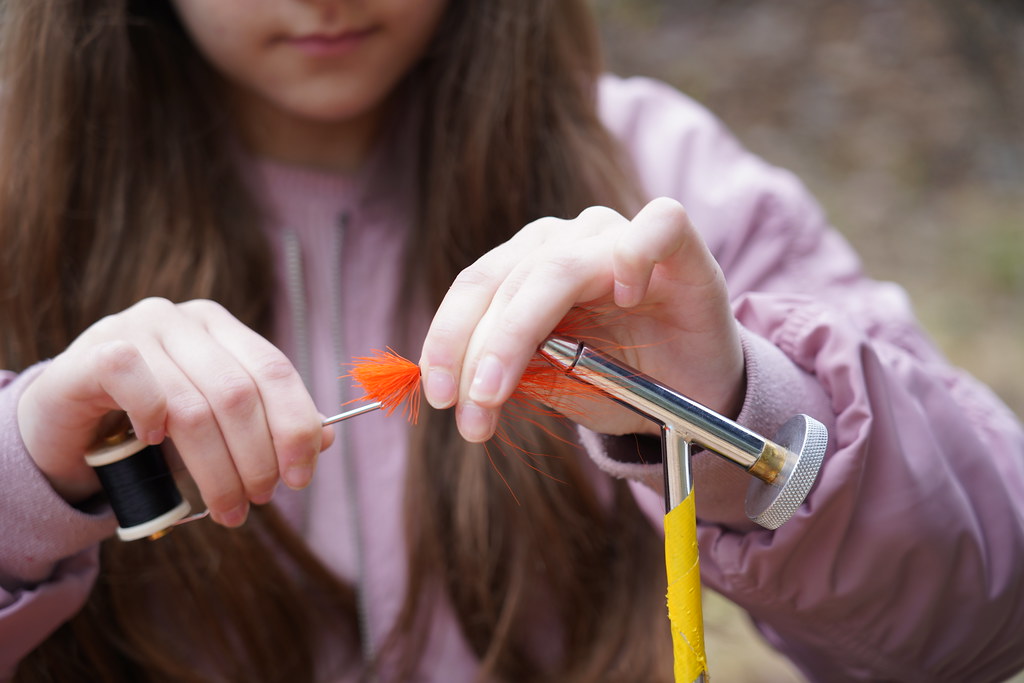
15. **The Enduring Current: A Lasting Impact on Modern Fly Fishing**A.K. Best’s passing marked the end of an era, yet his spirit and profound contributions continue to flow through the rivers of modern fly fishing, leaving an indelible mark that resonates across generations of anglers. As *Fly Fisherman* magazine succinctly put it, he “shaped the soul of modern fly fishing,” a testament to his transformative impact on the sport. His innovative patterns and meticulous methods remain foundational, guiding both amateur and professional tiers alike.
His legacy is not merely one of masterful craftsmanship but also of profound influence on commercial practices. Major companies like Orvis and Umpqua Feather Merchants continue to utilize his patterns and reference his work, demonstrating the enduring utility and effectiveness of his designs. The quiet dedication with which he assembled his career, often away from the public eye, culminated in what many recognize as a “Hall of Fame career,” even if formal enshrinement is yet to come.
From the precise cast he maintained even at 92, which Jon Spiegel noted was superior to many younger anglers, to his unwavering passion for educating others, Best’s presence will be deeply missed but never forgotten. His principles of observation, detail, and respect for the fish and the experience itself, continue to inspire. The spirit of A.K. Best, the mentor, the poet of dry flies, lives on in every meticulously tied lure, every thoughtful cast, and every angler who seeks to understand and appreciate the delicate artistry of fly fishing.
Archie Kenneth Best’s journey from a musical farm boy in Iowa to a global icon in fly tying is a narrative of passion, precision, and profound influence. His life was a masterclass in dedication, transforming humble materials into miraculous illusions that captivated both fish and fishermen. As the angling world reflects on his remarkable life, his legacy stands as a shimmering testament to a man who not only perfected an art but also enriched a cherished tradition, ensuring that the soul of modern fly fishing will forever bear the imprint of A.K. Best’s genius. His lessons, his flies, and his gentle wisdom will continue to float gracefully, guiding countless anglers on their own journeys to the water.




